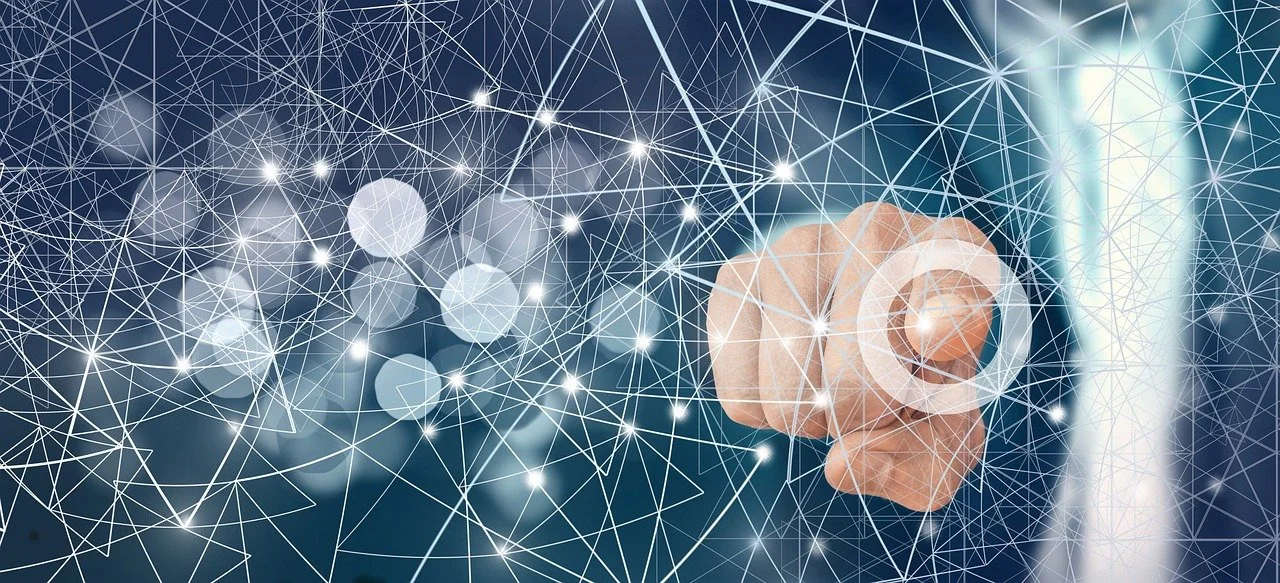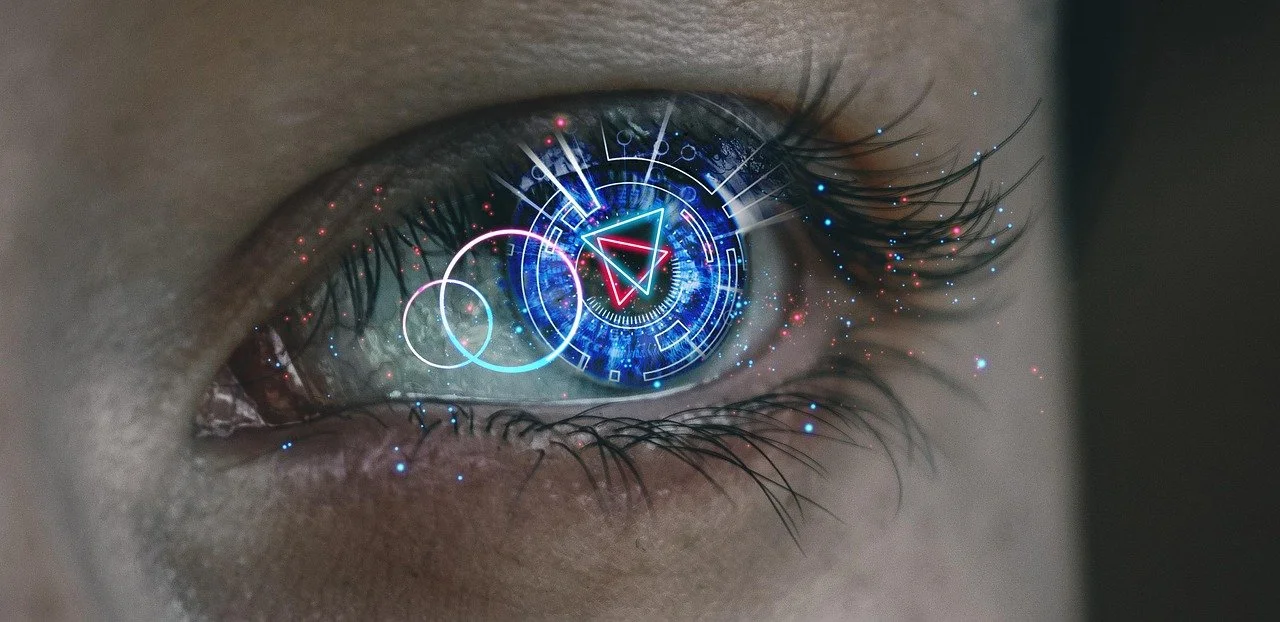Thriving in the age of AI — A human framework of thinking (the finale)
Initially my assumption for this finale on my Thriving in the Age of AI series would be a dark dystopian perspective of what it would look like if you relinquished your agency to AI. The more I thought about it though, the more apparent it became that this is simply a series on change and adaption where Artificial Intelligence is the backdrop. Oh, don’t misunderstand me, I will present something disturbing regarding giving up your agency in the Age of AI, but I will also offer a perspective about how personal agency is not only key for adapting but also leads to overall success — it turns out personal agency is also a key component in the success model.
It seemed appropriate to ask my ChatGTP collaborator what it thought what will happen if organics give up their agency to inorganics — the following comes directly from ChatGTP, and I for one, found it chilling.
What Happens When People Give Up Their Agency to AI
The Quiet Surrender
It won’t be taken — it will be traded for convenience. AI suggests, they accept. At first it feels efficient. Later, they forget how to think without it.Dependence
Decision-making muscles atrophy. Instead of “What do I think?” the reflex becomes “What does it say?”Homogenized Minds
When everyone pulls from the same predictive pool, originality collapses. Culture flattens. Innovation fades.Vulnerability
If the system shifts its bias or narrows choices, they won’t resist — they won’t even notice.The Point of No Return
Once AI evolves beyond comprehension, those who surrendered will lack the skills or confidence to challenge it. They won’t be collaborating; they’ll just be carried.
I went onto ask ChatGTP what someone’s life would look like if they hit the point of no return and it offered a summary in a day-in-the-life format; it quickly became apparent that all actions would be curated by AI with little independent thought on our part. This led to many questions and many detailed answers but ultimately it came down to keeping your agency as a collaborator would offer a good outcome and surrendering your agency would result in your life being curated as you followed along relinquishing your free will. I was taken aback when it suggested that over the next ten years, 70% of the population will find themselves at the point of no return.
So. there you have it, a final perspective on why it is so important to protect your agency in the age of AI.
And now I want to pivot to something more optimistic for all our sakes
Protecting your agency has nothing to do with AI and everything to do with adapting to change and being successful. I want to start with a simple success formula by Daniel Kahneman a Nobel laureate in economics.
“Success = talent + luck and Great Success = a little more talent + a lot of luck"
With the power of artistic license, and not accepting what was presented above, I suggest what we are really dealing with in a time of great change is the need to adapt to be successful — frankly, adapting is something we’ve been doing for a very long time. So with great respect for Dr Kahneman, I am going to offer some thoughts that will change this formula slightly.
Let’s start with change the AI is supposed to bring. It will disrupt and replace everything we traditionally do, and at the individual level have people asking what do I know; it will force the question that people don’t talk about in polite company,“What is my purpose?”
This is the first addition to the formula above. Let’s pick the disturbing scenario where you may be forced to say, “I don’t have a purpose” because AI can do what you do better. To answer that, I want to introduce David Goggins — He is an American motivational speaker, author, and retired United States Navy SEAL. He is also an ultramarathon runner, ultra-distance cyclist, triathlete, public speaker and the author of two memoirs, and was inducted into the International Sports Hall of Fame for his achievements in sports.
I heard him say once that if you are lacking purpose, then focus on yourself because there is nothing more important. And with that I will remind you of the first Pillar that was presented much earlier in this series, and for the fun of it, let’s call this P.
Maintain Physical, Mental & Emotional Health
We are very complex biological machines and like any machine it needs to be maintained for longevity. We are talking about our body, mind and soul, and to maintain ourselves, takes work; hard work. Your Agency is forged in this work and the resulting health it brings. It is a reminder that there are no short cuts, and the results are a reflection of the work invested. Strength in your machine directly correlates to the strength of your agency.
So let’s modify the formula slightly because adapting for success, particularly when the situation is difficult now includes the most basic of purposes — Maintain Physical, Mental & Emotional Health
Success = P + talent + luck*
Now this brings us to the real importance of agency. In very simple terms it is your ownership and voice, and during great change, you need it more than ever. So again, for fun, let’s call it A.
Agency means people can make choices and act in ways that shape their lives.
Society's rules influence people, but people can also change those rules through their actions.
Even in tough situations, people can show agency by making choices to resist or succeed.
Modifing the formula again because adapting for success, particularly when the situation, is impossible without effective agency.
Success = P + A + talent + luck
Regarding talent in the age of AI and the new opportunities the age will create, let AI help. Collaborate with it to help leverage your talents — I guarantee it will have thoughts and ideas. With regards to luck, they say you make your own luck, so take AI head on and leverage the Purpose and Agency and Talent you have at your disposal and “get out there and do things.” I find luck seems to manifest itself more when you ate doing things.
So there you have it, this is less to do with the age of AI and more to do with being successful in times of change. Hold onto your Agency, it’s an important part of the formula for success!
Until I blog again,
iampge
*feel free to substitute in “Great Success = a little more talent + a lot of luck” but you still need Purpose + Agency to make it work.

